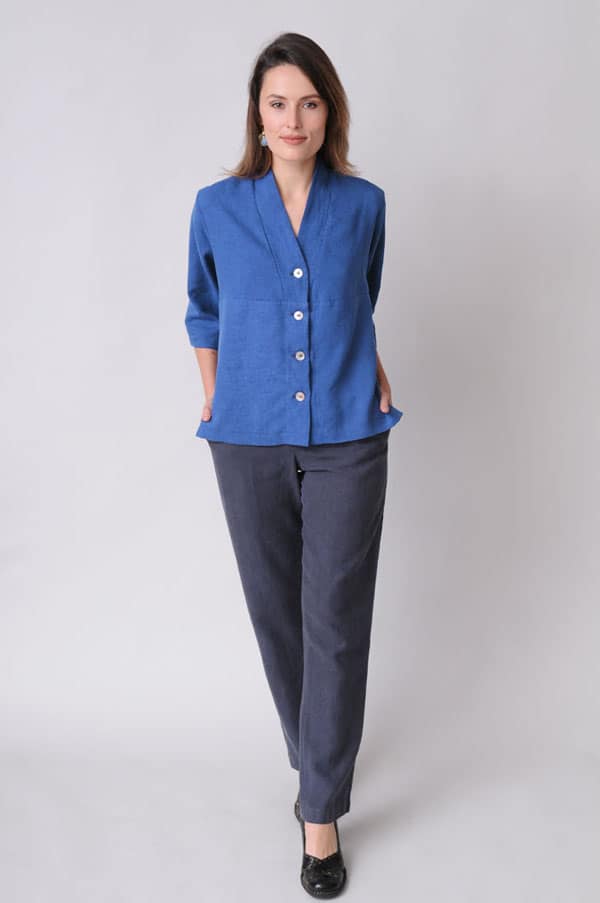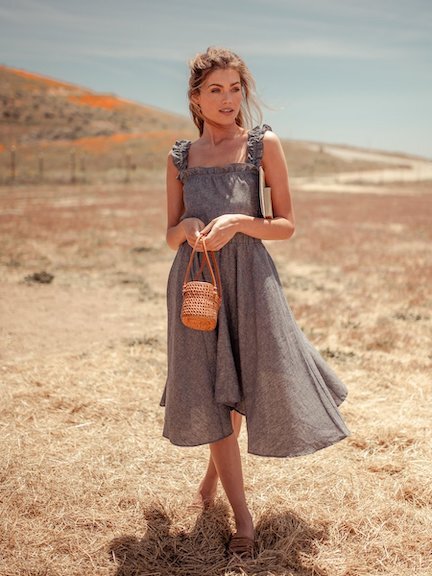Are you curious about the latest trends in sustainable fashion? Look no further than hemp clothing. With its eco-friendly properties and versatile uses, hemp has become a rising star in the fashion industry. From durable jeans to soft and breathable t-shirts, hemp clothing offers a sustainable alternative to traditional fabrics. In this article, we’ll explore the world of sustainable fashion and uncover the exciting possibilities that await in the realm of hemp clothing and beyond. So, get ready to embrace a more eco-conscious wardrobe and discover the wonders of sustainable fashion!
The Rise of Sustainable Fashion
Changing consumer attitudes
Over the past decade, there has been a significant shift in consumer attitudes towards fashion. People are becoming more conscious of the environmental and social impact of their choices, leading to the rise of sustainable fashion. Sustainability in fashion refers to the use of environmentally friendly materials, ethical manufacturing practices, and the promotion of fair trade and workers’ rights.
The importance of sustainable fashion
Sustainable fashion is crucial for several reasons. First and foremost, it helps reduce the harmful impact of the fashion industry on the environment. Traditional methods of clothing production often involve the use of toxic chemicals, excessive water consumption, and the emission of greenhouse gases. By opting for sustainable fashion, we can minimize these negative effects and preserve our planet for future generations.
Furthermore, sustainable fashion also addresses the social aspect of the industry. It promotes fair wages and safe working conditions for garment workers, ensuring their rights and well-being are protected. By supporting sustainable fashion, we contribute to a more equitable and responsible fashion industry.
The role of hemp clothing
Hemp clothing has emerged as a frontrunner in sustainable fashion. Hemp is a rapidly renewable resource that requires minimal water and no pesticides to grow. It is one of the most sustainable fibers available, making it an ideal choice for eco-conscious consumers.
The Benefits of Hemp Clothing
Sustainability and low impact
One of the primary advantages of hemp clothing is its sustainable nature. Hemp plants grow quickly and densely, requiring little water and no pesticides. Additionally, hemp has a high yield per acre compared to other crops, making it highly efficient in terms of resource utilization. By choosing hemp clothing, you can significantly reduce your ecological footprint.
Durability and longevity
Hemp fabric is known for its durability and longevity. The fibers are significantly stronger than cotton and can withstand repeated washings and wearings without losing their shape or integrity. This longevity not only saves you money in the long run but also reduces the amount of clothing waste ending up in landfills.
Breathability and comfort
Hemp clothing offers excellent breathability and comfort. The fabric has natural thermoregulatory properties, making it suitable for both warm and cool weather. Its natural moisture-wicking ability helps keep you dry and comfortable, making hemp clothing ideal for outdoor activities or everyday wear.
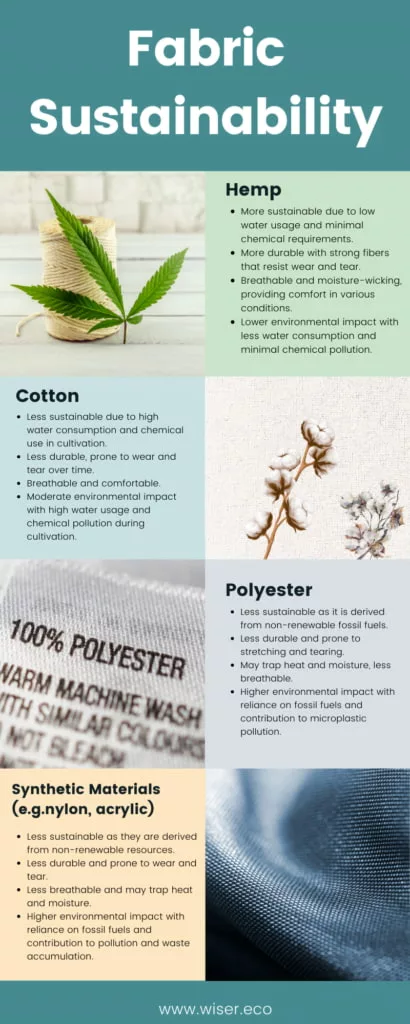
This image is property of wiser.eco.
Exploring Hemp Clothing
History and origins of hemp
Hemp has a rich history that dates back thousands of years. It is one of the oldest cultivated crops, with evidence of its use in textiles found in ancient civilizations such as China and Egypt. Throughout history, hemp has played a vital role in the production of ropes, sails, and clothing due to its strength and versatility.
Cultivation and production
Hemp is grown in a sustainable and eco-friendly manner. It requires no synthetic fertilizers or pesticides, making it a natural and organic choice. The plant grows quickly, reaching maturity in just a few months, which allows for multiple harvests per year. Additionally, hemp crops contribute to soil health by replenishing nutrients and preventing soil erosion.
The process of turning hemp into fabric involves several steps, including harvesting, retting, spinning, and weaving. Each stage requires minimal energy and water, further reducing the environmental impact of hemp clothing production.
Types of hemp fabric
Hemp fabric comes in various forms, each with its unique properties. Some common types include:
-
Hemp Twill: This is a sturdy fabric with diagonal ribbing, known for its durability and resistance to wear and tear. It is commonly used for heavy-duty clothing like jeans and jackets.
-
Hemp Jersey: Hemp jersey is soft, lightweight, and breathable, making it perfect for comfortable clothing such as t-shirts and dresses.
-
Hemp Canvas: This heavy-duty fabric is known for its strength and durability. It is commonly used for bags, shoes, and home furnishing items.
-
Hemp Silk: A blend of hemp and silk creates a luxurious fabric with a soft and lustrous texture. It is often used in high-end fashion and accessories.
Hemp Clothing in the Fashion Industry
Designers embracing hemp
Many fashion designers have embraced hemp as a sustainable alternative. They recognize the versatility and eco-friendly nature of hemp clothing, using it in their collections to promote sustainability and raise awareness about the importance of ethical fashion.
By incorporating hemp into their designs, these designers not only showcase the aesthetic possibilities of sustainable fashion but also encourage other industry players to follow suit.
Fashion shows and events showcasing hemp clothing
Fashion shows and events dedicated to hemp clothing and sustainable fashion are on the rise. These showcases provide a platform for designers, brands, and artisans to exhibit their creations and innovations in sustainable materials.
These events also play a crucial role in educating the public about the benefits of hemp clothing and the broader concept of sustainable fashion. They inspire consumers to make conscious choices and demonstrate that sustainability can be stylish and fashionable.
Incorporating hemp into mainstream fashion
The adoption of sustainable materials like hemp into mainstream fashion is gaining traction. Major brands and retailers are recognizing the demand for eco-friendly options and are gradually integrating hemp clothing into their product lines.
As consumer awareness and demand continue to grow, the fashion industry is responding by incorporating more sustainable practices. This shift towards sustainability signifies a positive change in the industry and paves the way for a more ethical and environmentally conscious future.
This image is property of images.squarespace-cdn.com.
Beyond Hemp: Other Sustainable Fabrics
Organic cotton
Organic cotton is another popular sustainable fabric. It is grown without the use of synthetic pesticides or fertilizers, reducing the ecological impact of cotton production. Organic cotton garments are gentle on the skin and highly breathable, making them perfect for everyday wear.
Bamboo
Bamboo fabric is known for its softness, durability, and moisture-wicking properties. Bamboo is a fast-growing plant that requires no chemicals or irrigation to thrive, making it an excellent choice for sustainable fashion. Moreover, bamboo fabric has natural anti-bacterial and UV-resistant properties, adding to its appeal.
Tencel
Tencel, also known as lyocell, is a fabric made from wood pulp sourced from sustainably managed forests. The production process of Tencel involves using non-toxic solvents, making it an eco-friendly alternative to traditional fabrics. Tencel garments are lightweight, breathable, and have excellent moisture-wicking properties.
Recycled fibers
Using recycled fibers is another way to promote sustainability in fashion. Fabrics made from recycled materials, such as polyester made from recycled plastic bottles or nylon made from discarded fishing nets, help reduce waste and conserve resources. These recycled fibers can be transformed into various textiles, including activewear, swimwear, and everyday clothing.
Eco-Friendly Manufacturing Practices
Reducing water and energy consumption
Eco-friendly manufacturing practices play a crucial role in sustainable fashion. By implementing water-saving technologies and energy-efficient production processes, brands can significantly reduce their environmental impact. These practices include using low-water or closed-loop dyeing techniques, optimizing factory operations, and investing in renewable energy sources.
Implementing ethical labor practices
Ethical labor practices are essential for ensuring the well-being and fair treatment of garment workers. Brands and manufacturers should prioritize safe working conditions, fair wages, and reasonable working hours. Supporting initiatives such as fair trade certifications and worker empowerment programs promotes a more ethical and sustainable fashion industry.
Minimizing waste and pollution
To minimize waste and pollution, brands can implement strategies such as reducing fabric waste during production, incorporating recycling programs, and utilizing biodegradable packaging materials. By embracing circular fashion concepts, brands can contribute to a more sustainable and less wasteful industry.
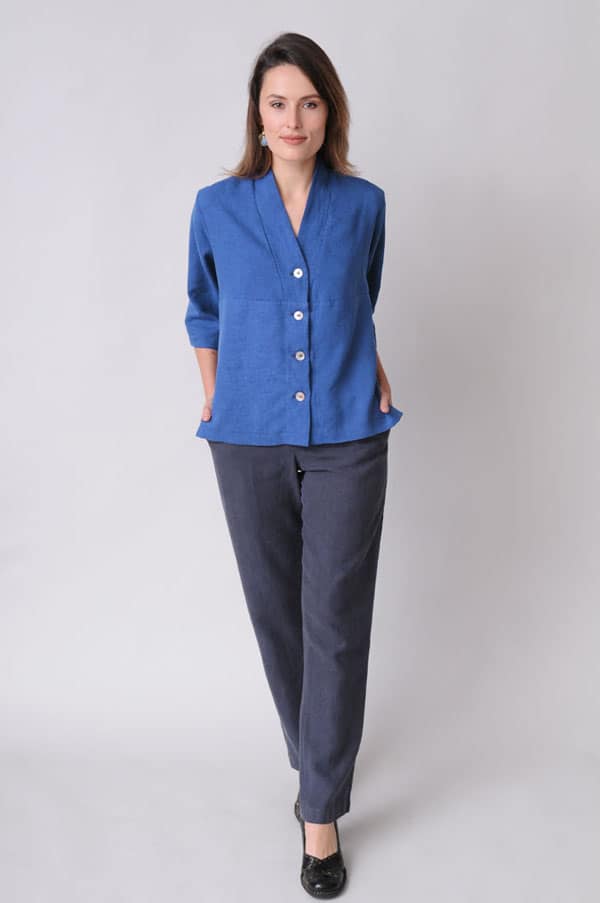
This image is property of www.sympaticoclothing.com.
The Importance of Ethical Fashion
Fair trade and workers’ rights
Ethical fashion goes beyond sustainability and encompasses fair trade and workers’ rights. It emphasizes the importance of paying fair wages to workers, ensuring safe working conditions, and prohibiting child labor. Supporting brands that prioritize these values helps create a more equitable and humane fashion industry.
Supply chain transparency
Transparency within the fashion supply chain is crucial for ethical fashion. When brands disclose information about their sourcing, production, and labor practices, consumers can make informed choices and support brands aligned with their values. Increased transparency also holds brands accountable for their actions, leading to positive change within the industry.
Supporting artisan communities
Ethical fashion promotes the preservation of traditional craftsmanship and supports artisan communities. By valuing and investing in the skills of artisans from around the world, brands can create unique and sustainable products. This support contributes to the social and economic development of these communities while preserving cultural heritage.
Conscious Consumerism: Making Informed Choices
Choosing sustainable brands
As a conscious consumer, choosing sustainable brands is paramount. Look for brands that prioritize sustainable materials, ethical manufacturing practices, and transparent supply chains. Researching and reading reviews can help you identify brands that align with your values.
Reading labels and certifications
Labels and certifications play a significant role in identifying sustainable fashion. Look for certifications such as Fair Trade, Global Organic Textile Standard (GOTS), and Forest Stewardship Council (FSC) to ensure that the products meet specific sustainability standards. Additionally, reading labels can help you identify the materials used and verify their sustainability.
Promoting a circular economy
Promoting a circular economy is vital in achieving a sustainable fashion industry. Consider repairing and repurposing your clothing instead of discarding them. Donate items you no longer need to charity or participate in clothing swaps to extend the lifecycle of your garments. By embracing circular fashion practices, you contribute to reducing waste and resource consumption.
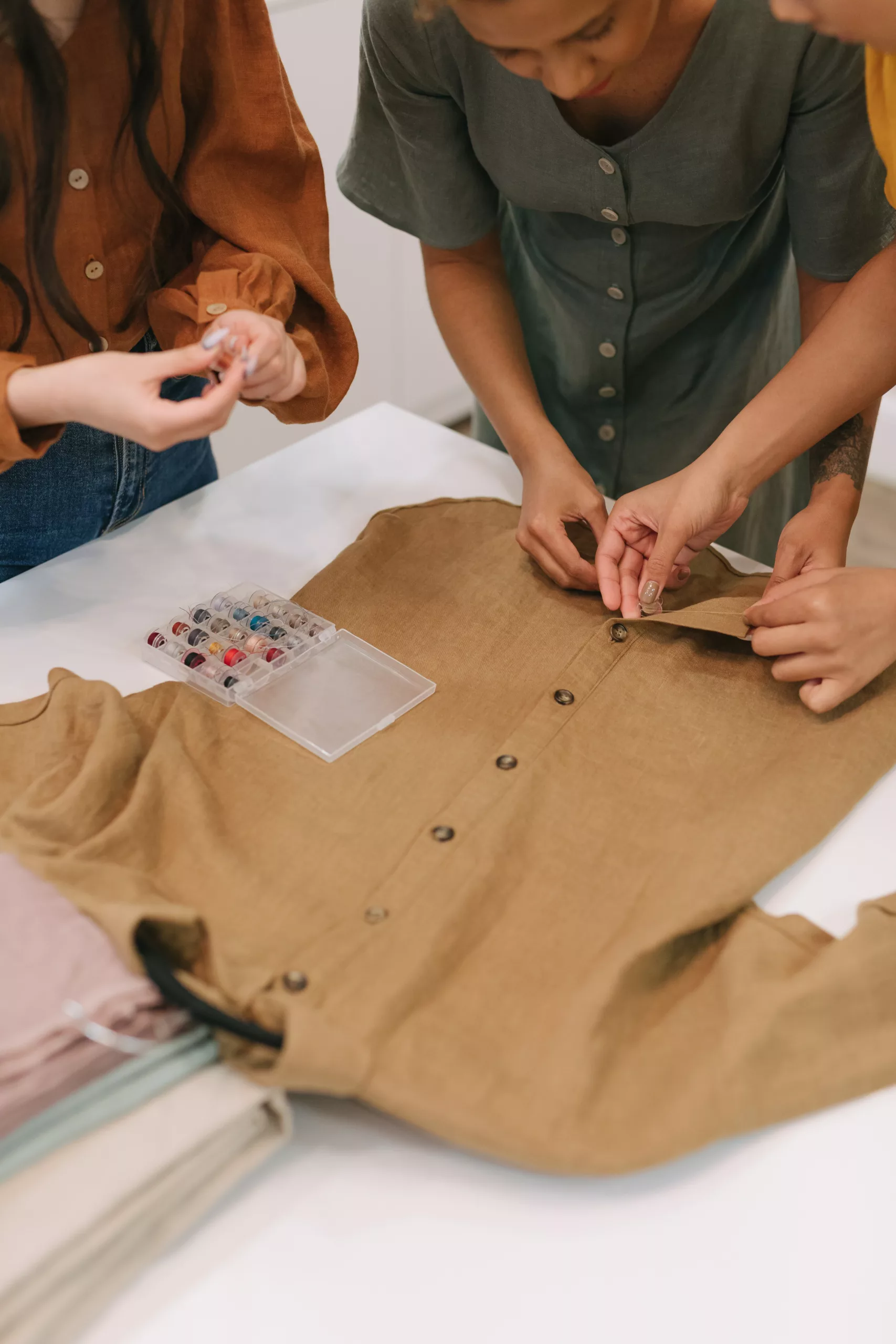
This image is property of wiser.eco.
The Future of Sustainable Fashion
Technological advancements and innovations
Technological advancements and innovations are driving the future of sustainable fashion. From new eco-friendly fabrics derived from agricultural waste to dyeing techniques that require less water and energy, these advancements are revolutionizing the industry. As technology continues to evolve, we can expect even more sustainable options in fashion.
Education and awareness
Education and awareness play a vital role in shaping the future of sustainable fashion. By educating consumers, designers, and industry professionals about the impact of their choices, we can foster a more environmentally and socially responsible fashion industry. Increasing awareness about sustainable practices encourages consumers to make informed choices and demands brands to prioritize sustainability.
Government policies and regulations
Government policies and regulations are critical for fostering sustainable fashion practices. By implementing and enforcing policies that incentivize sustainable materials, ethical manufacturing, and waste reduction, governments can drive positive change within the fashion industry. Collaborations between governments, industry stakeholders, and non-profit organizations can create a conducive environment for sustainable fashion practices to thrive.
Conclusion
The rise of sustainable fashion, with a particular focus on hemp clothing, signifies a positive shift towards a more environmentally and socially responsible fashion industry. Consumer attitudes are changing, with a growing demand for sustainable options. Hemp clothing, known for its sustainability, durability, and comfort, has become a favorite choice for eco-conscious consumers.
Beyond hemp, there are other sustainable fabrics such as organic cotton, bamboo, Tencel, and recycled fibers that offer viable alternatives to traditional materials. The fashion industry is evolving, with designers embracing sustainable materials and events dedicated to showcasing eco-friendly fashion.
Ethical fashion emphasizes fair trade, workers’ rights, and supporting artisan communities. By making conscious choices, reading labels, and promoting a circular economy, consumers can contribute to a more sustainable industry. The future of sustainable fashion looks promising, with technological advancements, education, awareness, and government policies driving positive change.
As we embrace sustainable fashion, we can create a more beautiful world where style and ethics coexist harmoniously.
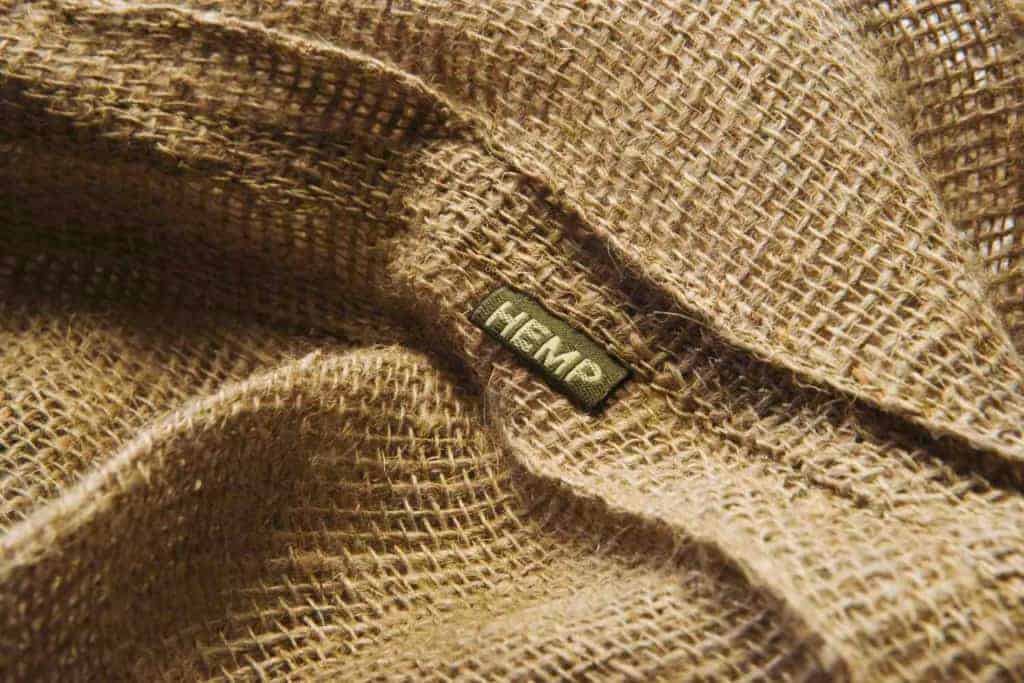
This image is property of wiser.eco.
Recent Posts
Discover how bubble hash is rated on a 1 to 6 scale. From texture and color to aroma and potency, learn the key factors that determine the quality of bubble hash. Whether you're a seasoned cannabis...
Looking to learn about the most popular style of hash? This article explores the different types, from traditional to bubble hash, and reveals the people's favorite. Join us on a journey through the...

